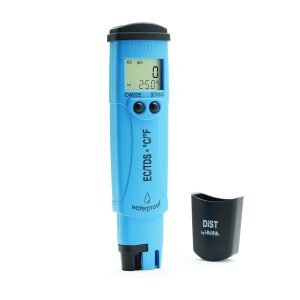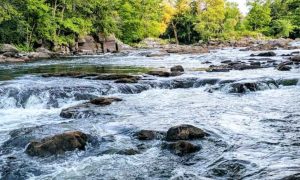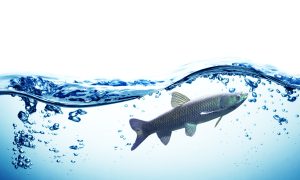An aquarium with beautiful fish and plants is for many people more than just a hobby. The lovingly designed tanks and its value enhancement of a room contribute immensely to our well-being and often only a short look into this wonderful ecosystem creates peace and serenity in the stressful everyday life.
But suddenly you can be torn out of this dream world when fish die every day for no apparent reason, the water plants wither away and countless types of algae form?
The Water balance
A balanced water quality in aquarium plays an essential role in counteracting the death of fish. You should monitor basic parameters regularly and then intervene quickly if the values change. These basic parameters include temperature, pH value and water hardness.
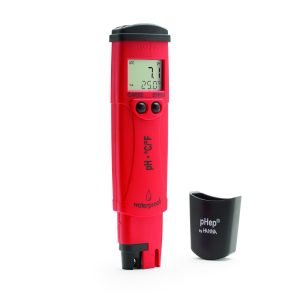
With HI98128 phep5 you can quickly and easily check temperature and pH value.
The device is waterproof and floatable, so you do not have to worry about the internal electronics. The electrode is replaceable, making this instrument a year-long companion for your aquaristic measurements.
Operation and calibration are very easy and the measurements are objective and extremely precise compared to pH test strips.
HI3812 is a test method where you can perform a titration using reagents to determine water hardness.
The hardness of the water shows how much carbonate, magnesium, calcium is present.
Too much of it leads to deposits on surfaces and inventory and is harmful to the stock.
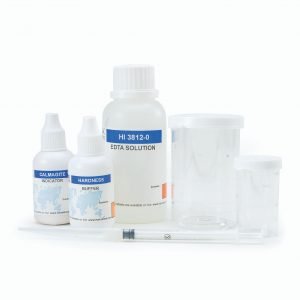
Keep a list of your measured parameters with date and time, so you can immediately see how your values behave over time and when you need to intervene. Depending on water source and stocking, these values can vary greatly and not every fish species can adapt to the given water quality. Of course, this also applies to your plant stock. Therefore, it is essential that you talk to your aquatics dealer in advance about which creatures are best suited for your water quality.
If several fish die one after the other in a short period of time without showing any apparent disease, age-related or natural deaths cannot be assumed. Often bad water is the cause and you should add the following 3 parameters to your list:
Ammonia, nitrite and oxygen.
Ammonia and nitrite are waste products produced by the excrements of the fish and act as toxins if they are present in excess. Often a too large fish population in a too small area is a reason for a large accumulation of these substances. More frequent water changes can quickly remedy the situation without bringing out the chemistry club.
Check these parameters quickly and cost-effectively with our HC Checker family.
Based on an optical system, the concentration of the desired parameter is made visible with the help of using reagents.
So, you just take a water sample from your aquarium or fish pond and you can get accurate results with the easy to use Checker HC.
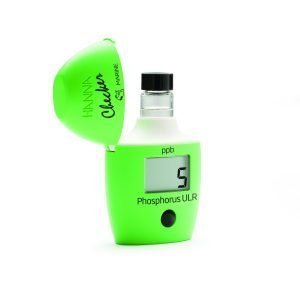
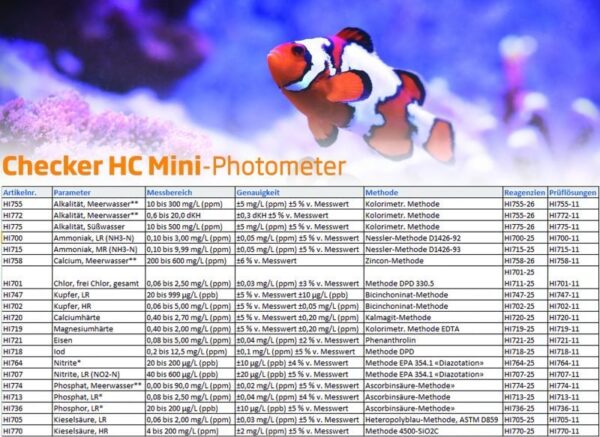
Oxygen is not only essential for us humans, but fish also need it to survive. With HANNA’s dissolved oxygen probes e.g. HI9146 you can measure the available oxygen in your aquarium or pond.

The devices are designed to be easy to use but provide best results in laboratory quality.
The measuring range is covered from 0.00-45.00mg/L and a 0-300.00% saturation. The model is available with two different cable lengths (4 and 10m). This allows you to take measurements directly on site even in deep areas of a fish breeding tank or pond.
If the oxygen value is too low, this indicates that there are too few plants that produce oxygen by photosynthesis.
Unwanted algae growth
Another problem is unwanted algae growth, which is difficult to control. There are different types of algae that can spread rapidly if certain conditions and nutrients are present. In this context, conductivity, nitrate, phosphate, silicate, iron, potassium and magnesium are mainly responsible for increased algae growth. If the fish are fed too generously, these nutrients get into the water and are immediately metabolized by the algae. Almost all these parameters can be measured and regularly monitored with our HANNA HC Checkers.
The conductivity can be checked comfortably and quickly with HI98311 and HI98312.
EC indicates the conductivity of the existing charged molecules in solution. A high conductivity value tells us that many nutrients are present.
Also, in this case a water change can help and a replenishment of plants that use the existing nutrients instead of algae can help.
